Next to the DLR in east London is a large community garden that sits on a partially excavated ancient monument.
This is Abbey Gardens, which you will not be surprised to learn takes its name, as does the wider area, from the Stratford Langthorne Abbey. The abbey, one of the richest in England, was closed down by King Henry VIII in 1538, and the buildings were sold off for their stone. The land wasn’t heavily developed until the 1800s though as London expanded and the area became industrialised.
The Abbey was by now little more than a few small walls and a moat, and as factories needed people to work in them, new roads and houses were built, including where this pocket park now stands. The road, once with houses on both sides, now only has a small block of Railway Cottages on the south, and on the north, about half the road has been given over to the pocket park.
The park is relatively new, as it was an urban wasteland until 2008, when two artists, Nina Pope and Karen Guthrie, secured funds to create a community garden — think of it as a very large shared allotment.
A shed at one end, decorated with an old photo, and a cafe (closed) at the other, but between them, running along most of the far wall, are vegetable plots and compost areas. On the back wall, almost covered over now, is the park’s original name, “What will the harvest be?” although it’s now known as Abbey Gardens.
However, sitting by the fence is a deep depression and you can see some bits of old wall in there, and my initial thought was that this was the remains of maybe a coal cellar or basement from the houses that lined the road.
A sign on the other side of the fence tells the truth – and this is a scheduled ancient monument — and the site of the main gatehouse entrance into the abbey. It had managed to survive until around the 1820s, until eventually it was torn down to make space for houses, which is a huge pity as the houses it replaced themselves lasted barely a century before being torn down as well.
So today, all that’s left are the foundations in the ground — but still, it’s a remarkable thing, that on a little side street in east London is an ancient monument in full view for anyone to visit.
So, if you’re passing Abbey Road DLR station, right next to the southbound platform is an ancient monument to look at and a vegetable garden to visit.
As a mild detour, up to about the 1890s, what is today Bakers Row was called Abbey Road, and what is today called Abbey Road was simply “viaduct”, built in the 1880s as a bypass to avoid the level crossing on the railway.
However, as the original Abbey Road lost most of the western half to the railways, at some point before 1914, they renamed the viaduct Abbey Road, and the original Abbey Road became Bakers Row.
Although there wasn’t a baker in the area when it was renamed, the name is appropriate because of the Abbey. The Abbey owned a lot of land and gained much of its wealth from supplying bread to the City of London. As it was outside the City, it was exempt from the rules governing breadmaking in the City. Eventually, the Worshipful Company of Bakers got fed up with cheap lower quality bread undercutting them and petitioned to tax bread imports from the Abbey.
The abbey was closed down by King Henry VIII, probably to the considerable pleasure of the City of London’s bakers.

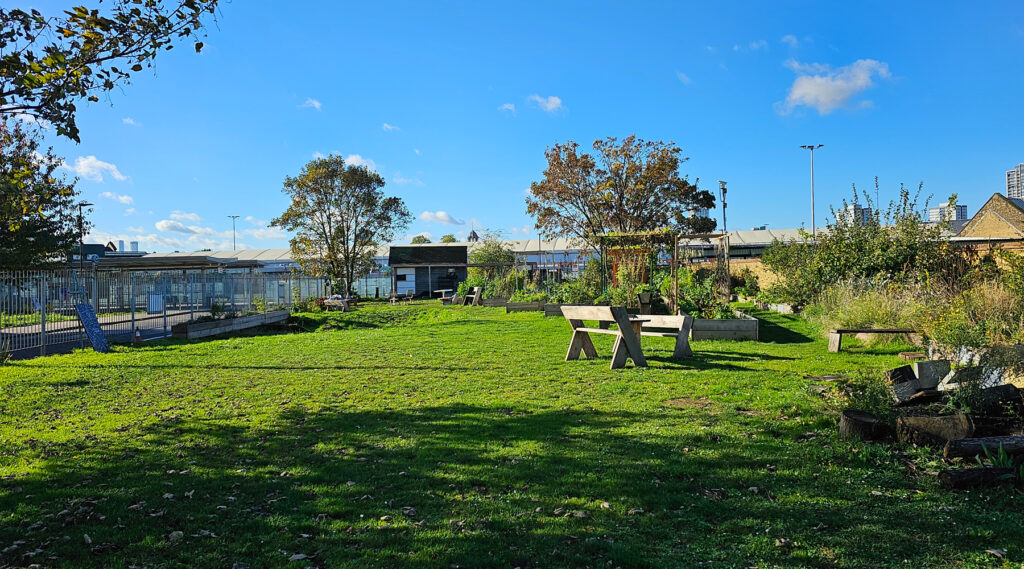
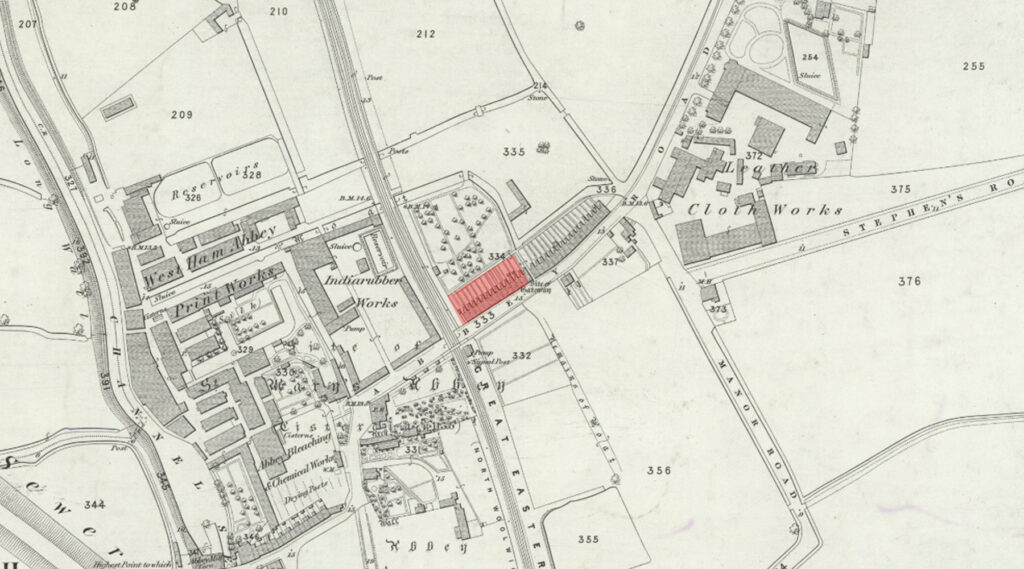
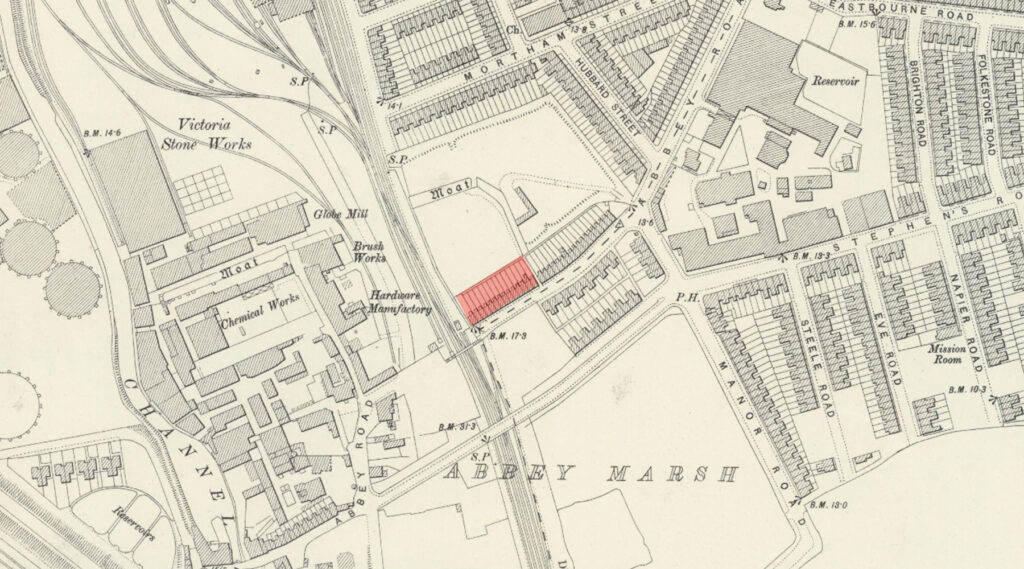
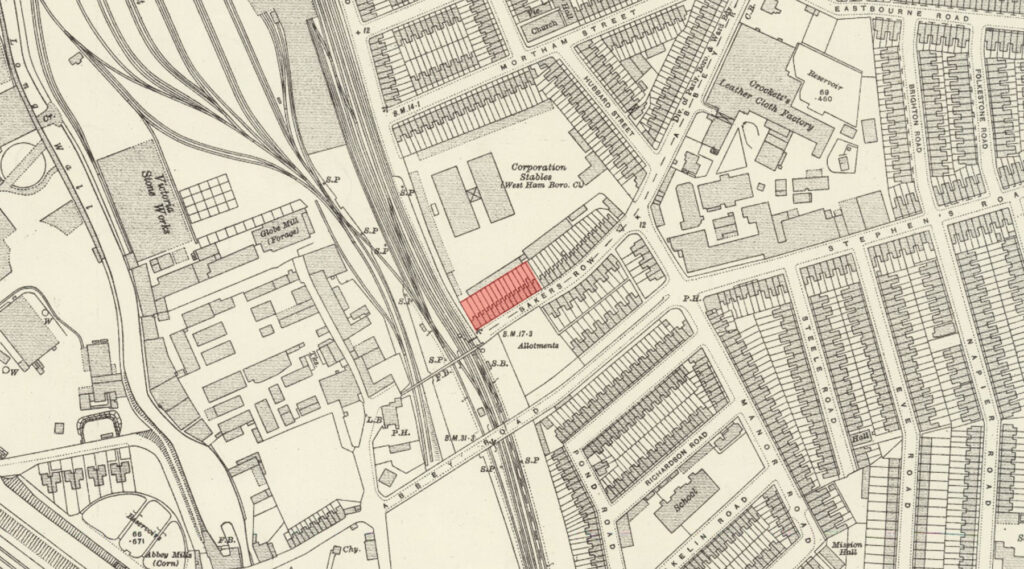
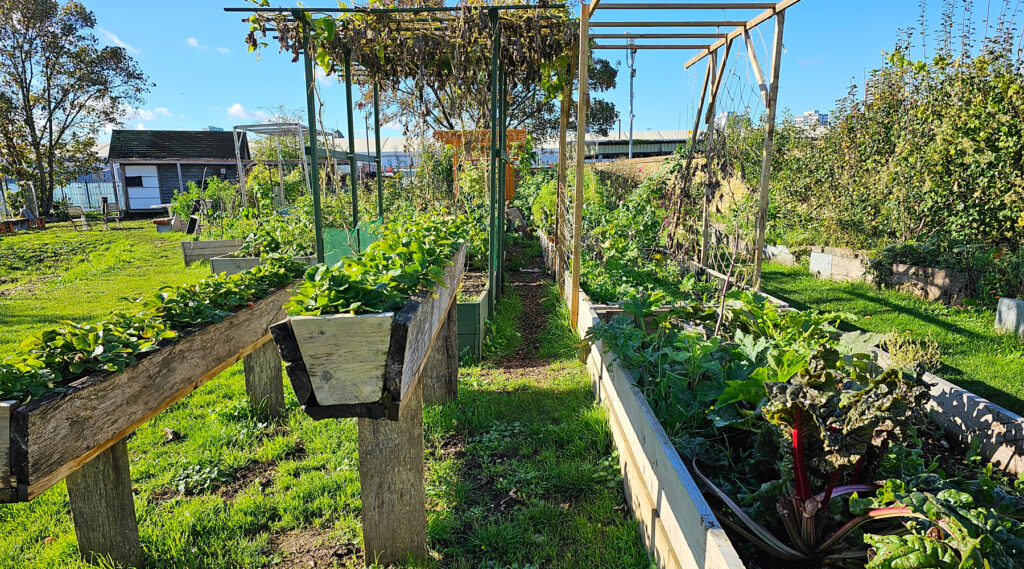
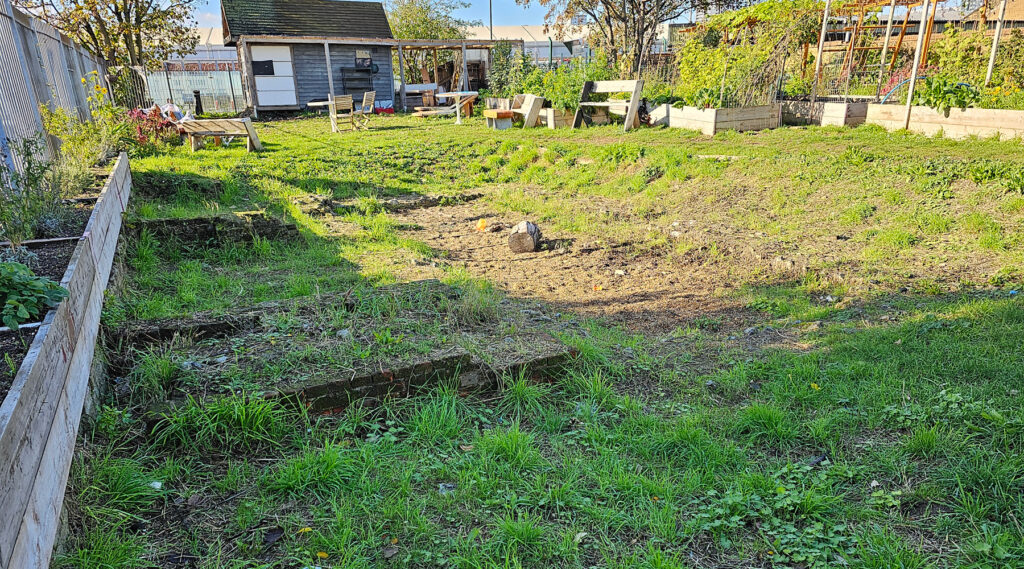
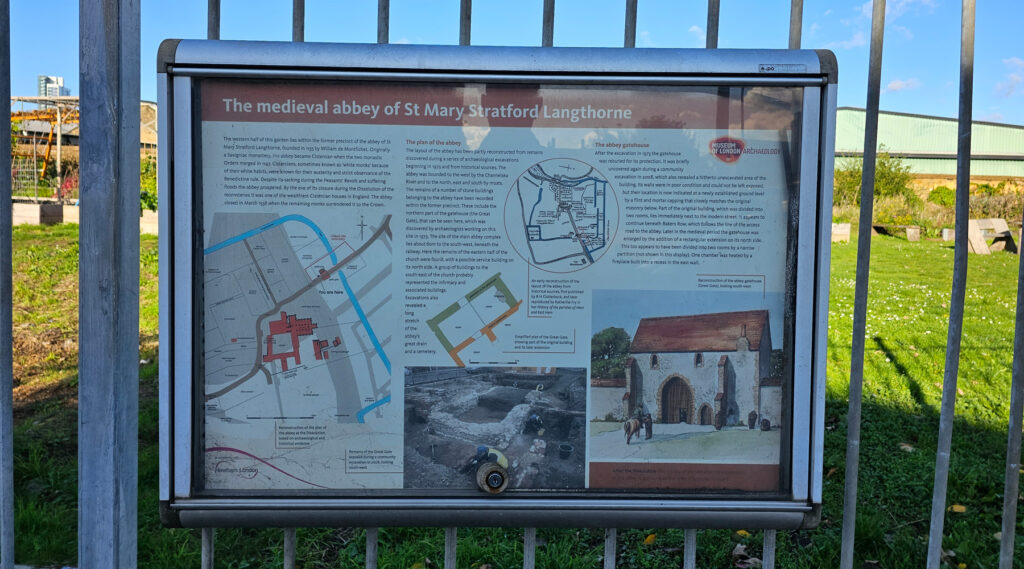
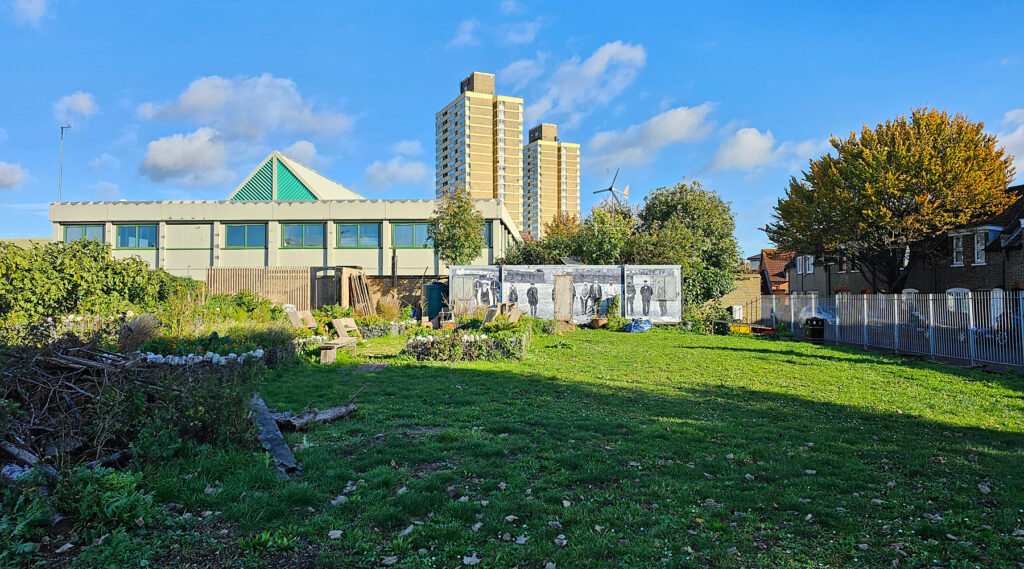






Leave a Reply